
Visa and entry requirements Maldives:
Passport required
Tourist visas of up to 30 days are issued free of charge at the airport when entering the Maldives.
Information from the Foreign Office about your trip to the Maldives:
https://www.auswaertiges-amt.de/de/maledivensicherheit/220382
The Maldives are an archipelago in the Indian Ocean with around 450,000 inhabitants. The state consists of a total of 19 atolls, with around 1,200 islands, of which around 300 are inhabited.
The Maldives are located around 1,000 kilometers southwest of Sri Lanka and India, and the state religion is exclusively Islam. Other religions practiced are strictly prohibited on the island nation and are subject to criminal prosecution.
The official language of the country is Dhivehi and the local currency is the Maldivian Rufiyaa, where 1 euro is equivalent to around 16.50 MVR.
The largest towns in the Islamic island state include Male, Addu City, Hithadhoo, Naifaru, Fuvahmulah, Villingili, Kulhudhuffushi and Thinadhoo.
The Maldives has a consistently warm tropical climate. The highest point in the country is only 2.5 meters above sea level.
The economy of the Maldives is based primarily on tourism, from a small amount of agriculture with the cultivation of cassava, sweet potatoes, millet and coconuts, as well as fishing with the processing of tuna and bonito.
The steadily increasing tourism, which now has around 1.5 million annual visitors, has brought the island state and its residents considerable prosperity, but also social problems. In addition to the many new millionaires and high earners, the majority of the population is always impoverished.
The capital and by far the largest city in the Maldives is Male, on the island of the same name, with around 180,000 inhabitants. The city is the political, economic and cultural center of the island state.
Due to the rapid increase in population, Male is now the most densely populated city in the world and has therefore been artificially enlarged by landfills in recent years.
Some of Male's major attractions include the port, the old coral stone Friday Mosque, the Islamic Center, the Eid Mosque, the fish market, the Hulhumale Mosque, the National Museum, the Grand Friday Mosque, the vegetable market and many more surrounding paradisiacal islands with impressive white sandy beaches.
In December 2011 I visited the Maldives for three days, the only time so far. It was one of my first countries after the idea of traveling the entire world had recently arisen.
After arriving on the offshore airport island, a constant ferry connection provided my free transport to the main island of Male. I had booked a cheap mid-range hotel on Male for two nights and therefore limited my stay to this island.
The island of Male is really incredibly populated for its size, but somehow it wasn't really a problem. In about two hours I walked completely around the outside of the island before later venturing into the city center.
My city tour was very interesting and super exciting the whole time because some unforeseen things kept happening. Sometimes people came walking along with huge tuna fish, with the fish dragging along the street or on the well-developed promenades on the seashore, where numerous colorful fish could be observed, like in a large open-air aquarium, that I simply stood there for several minutes.
The city center was like a single shopping mile, but with an enormous amount of traffic. Due to the Islamic state religion, there are no bars or discos in Male, and therefore no real nightlife. Most of the lights went out around 11 p.m. at the latest.
Even without living on one of the now almost 100 tourist islands, I found the Maldives very interesting and worth seeing.
One day I'll definitely come back, but definitely not alone and for a longer stay.

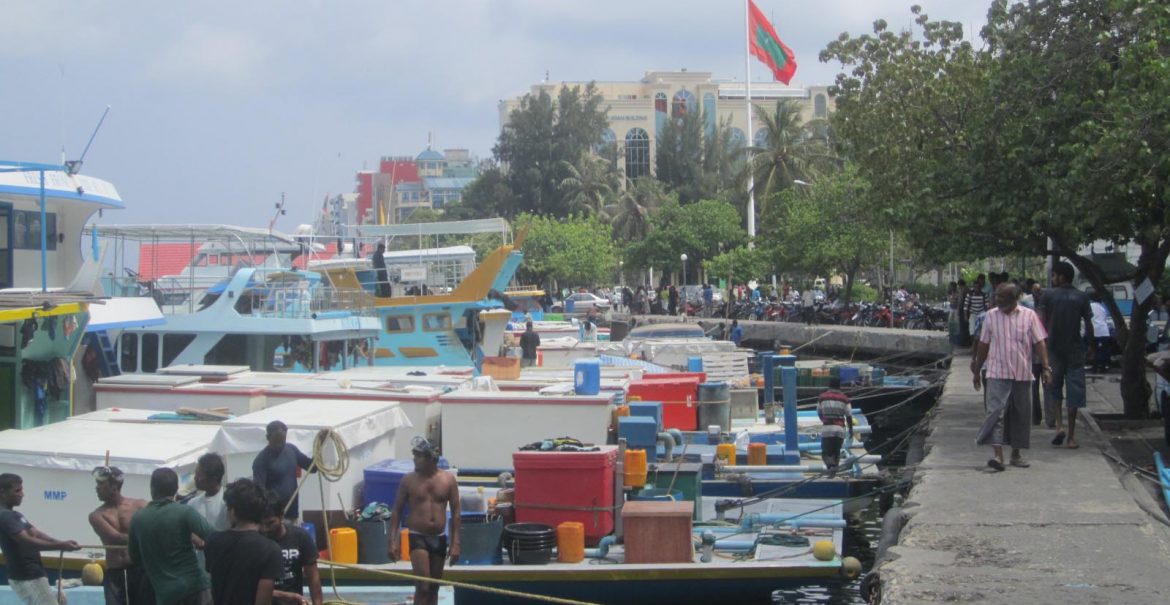
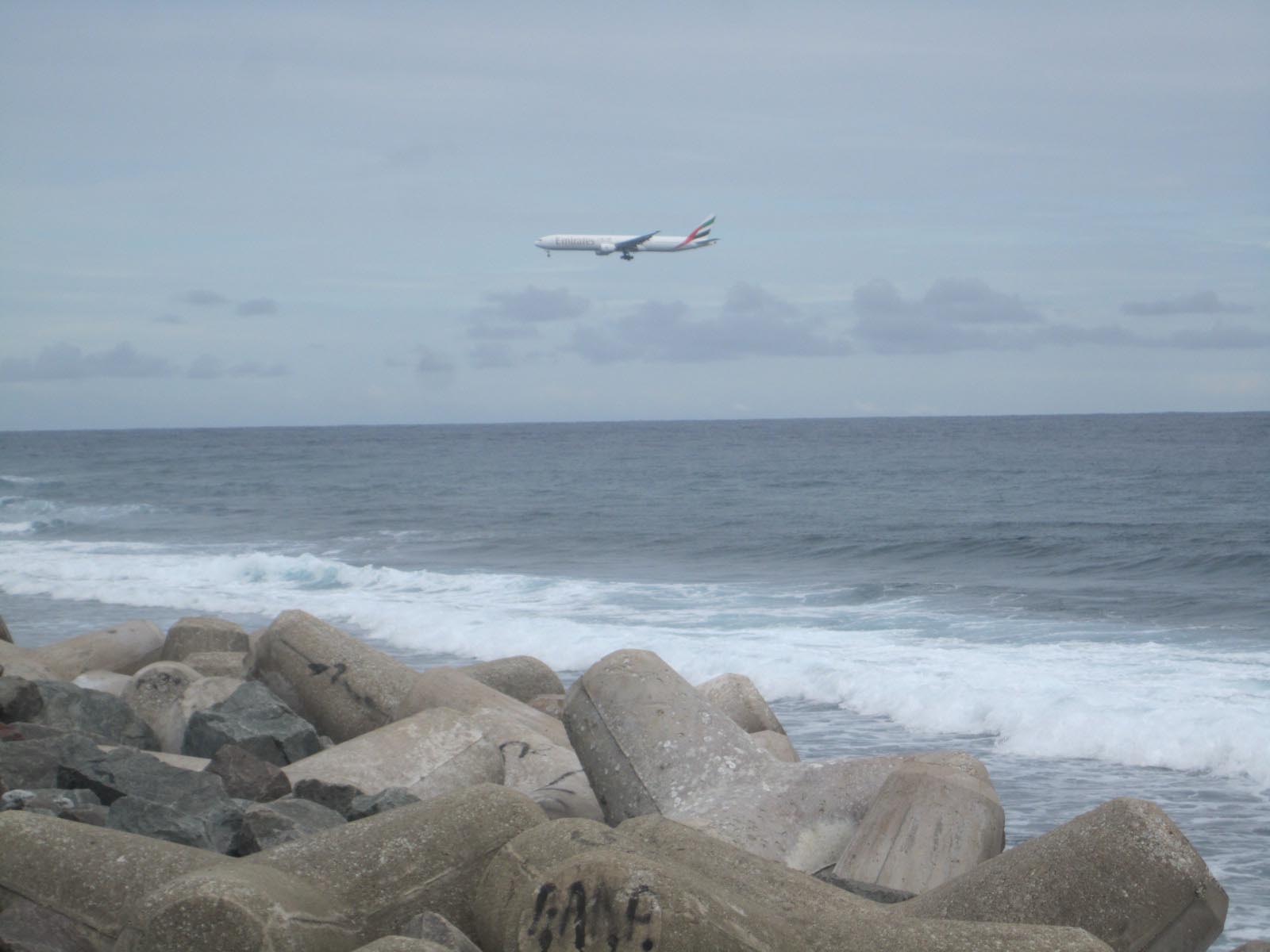

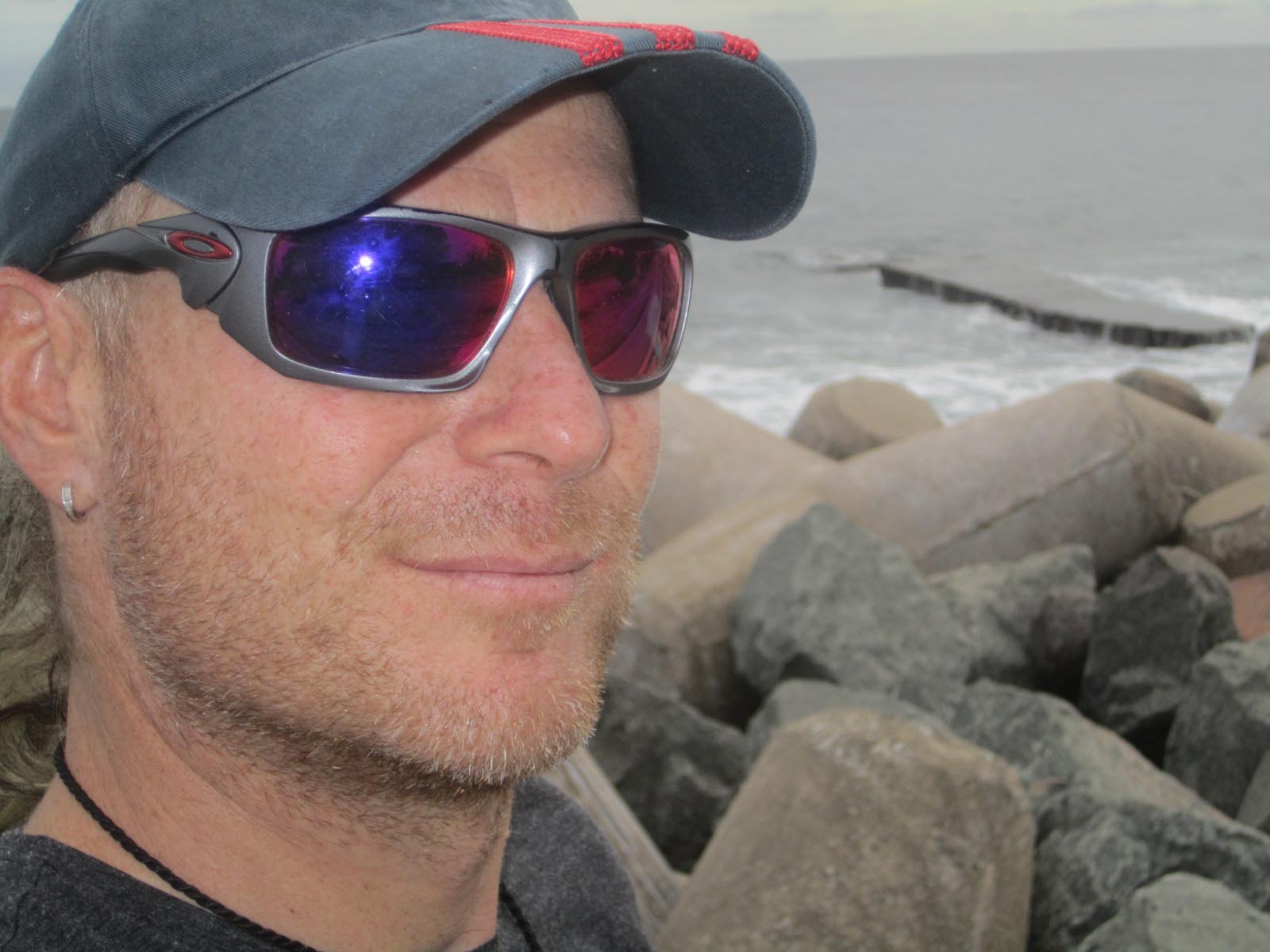
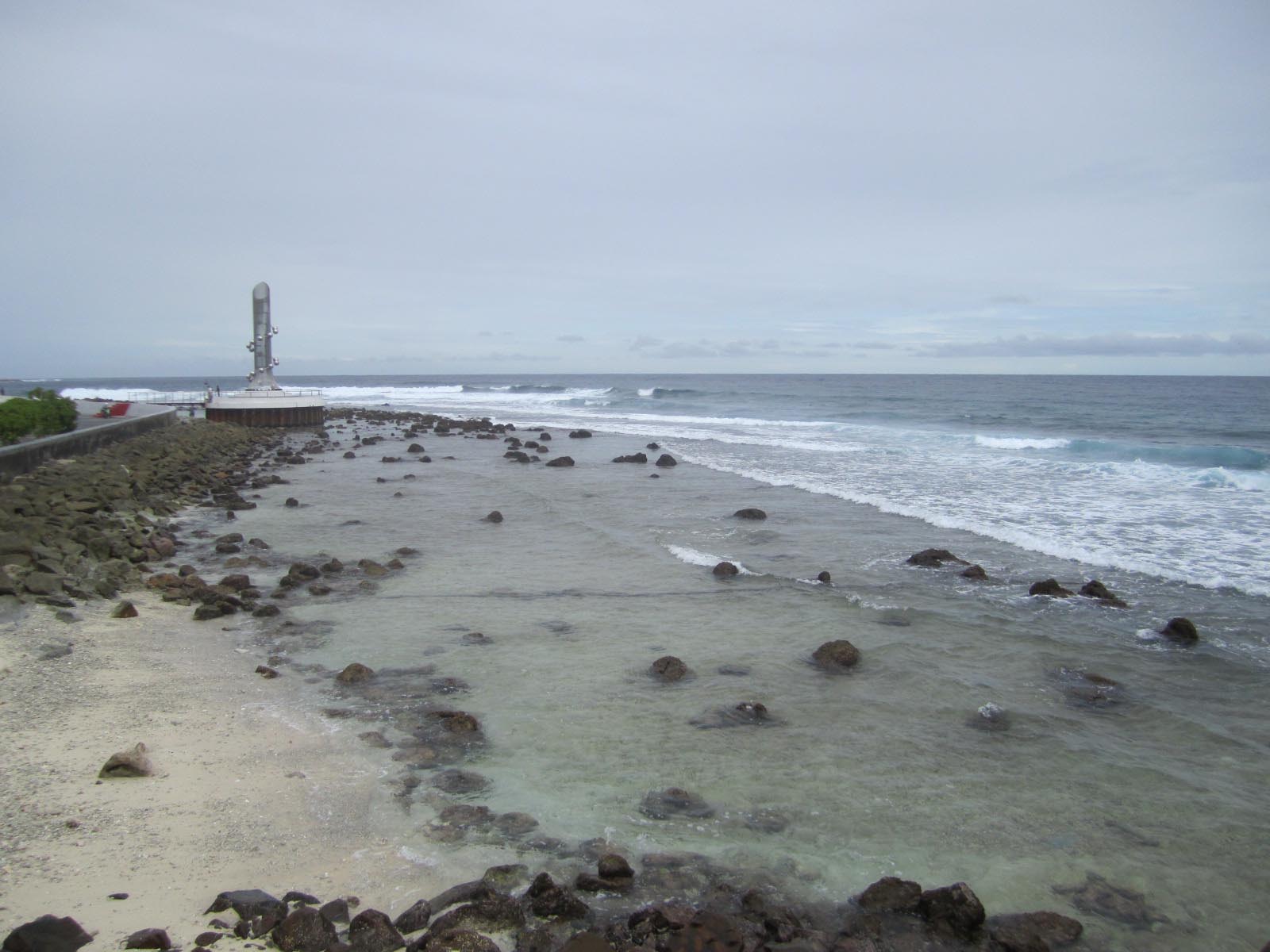

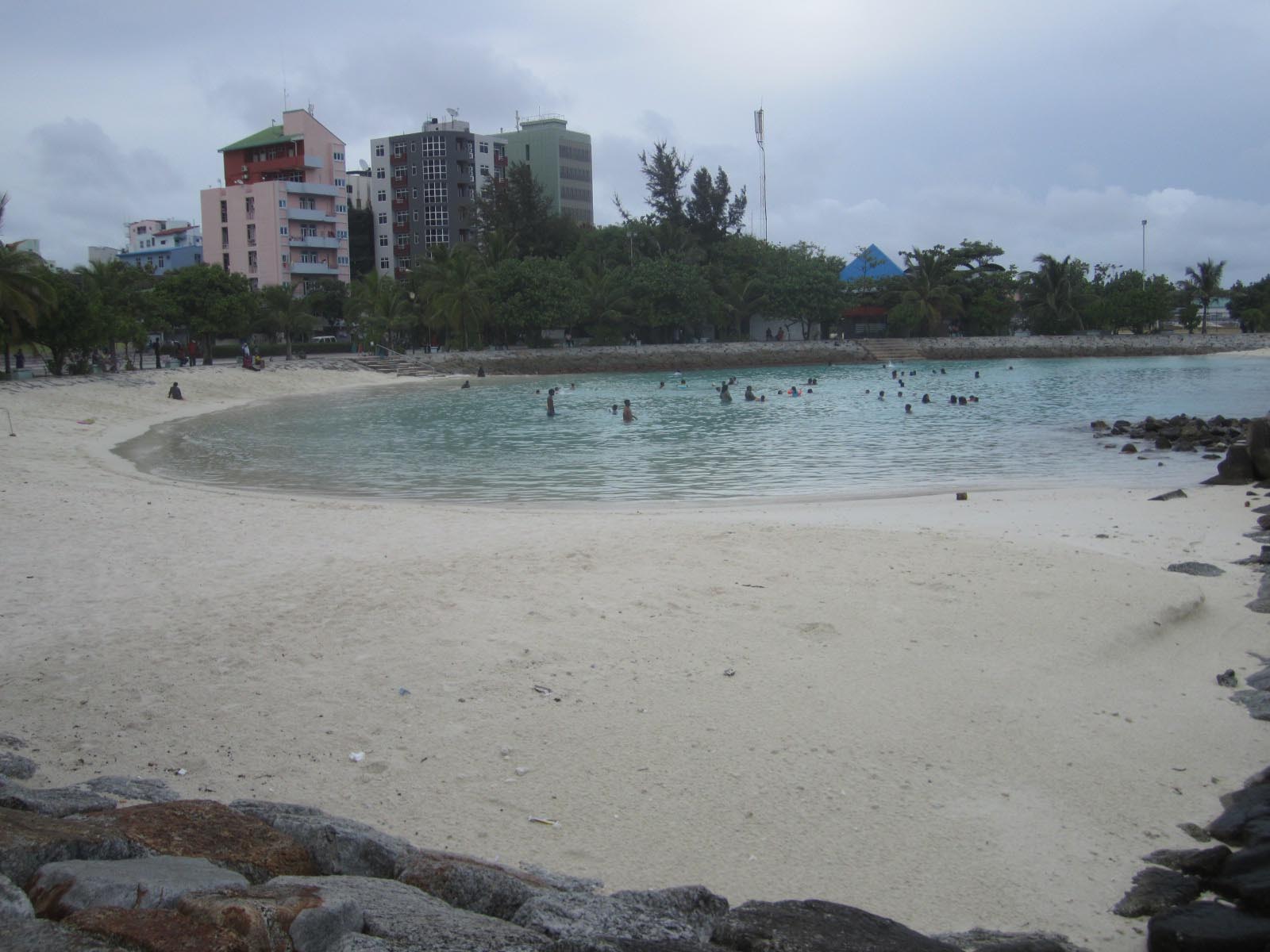
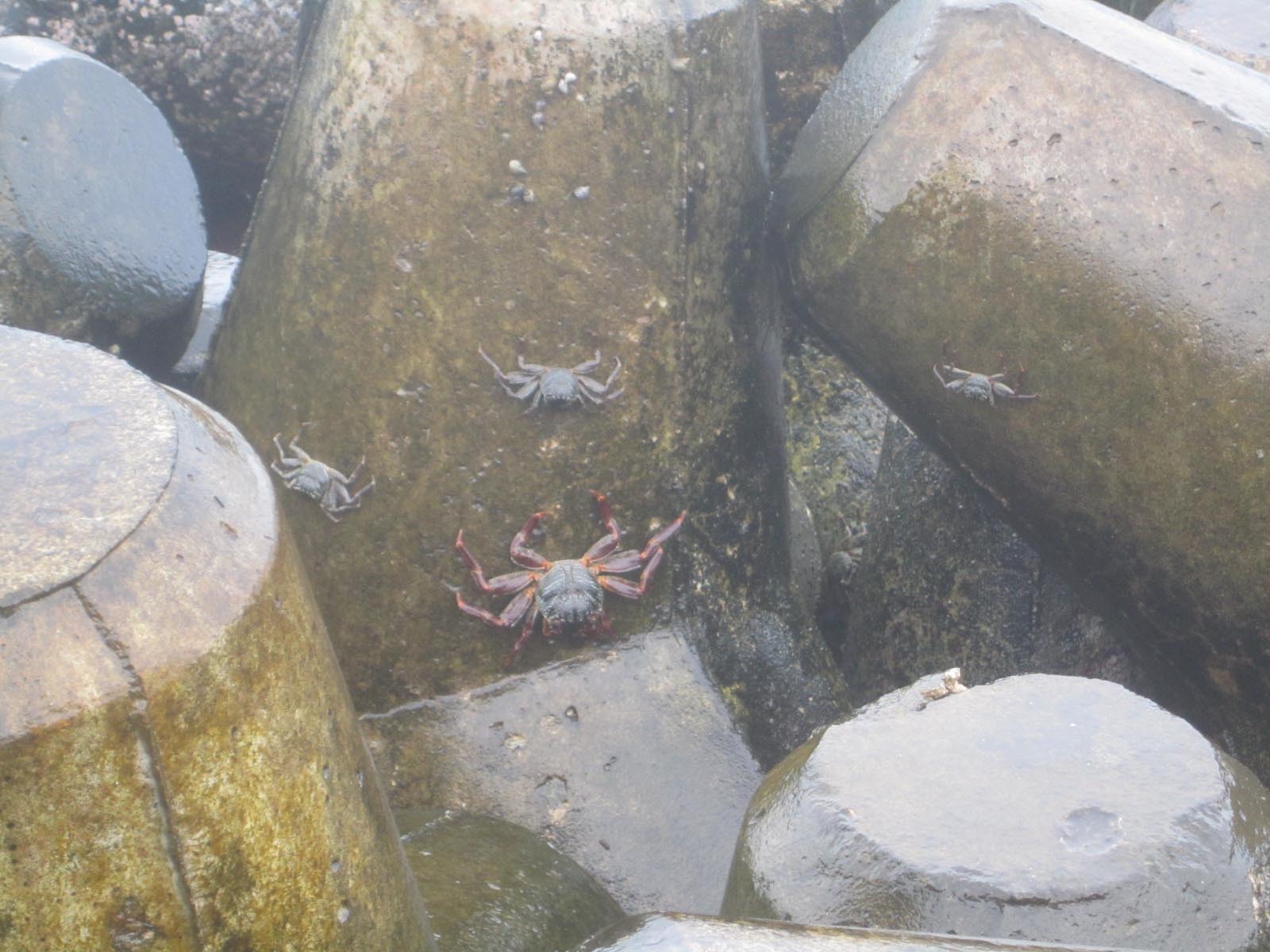



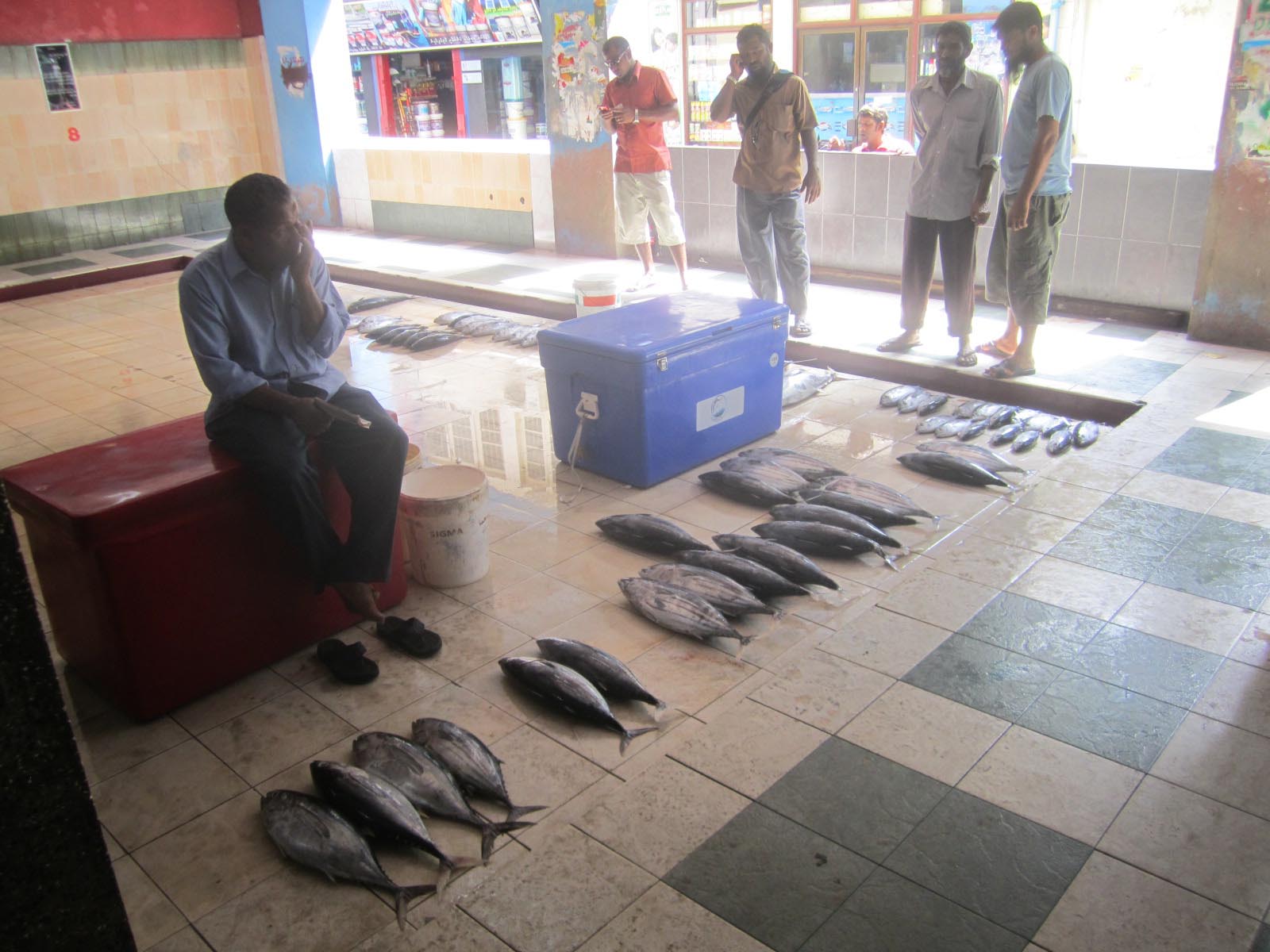
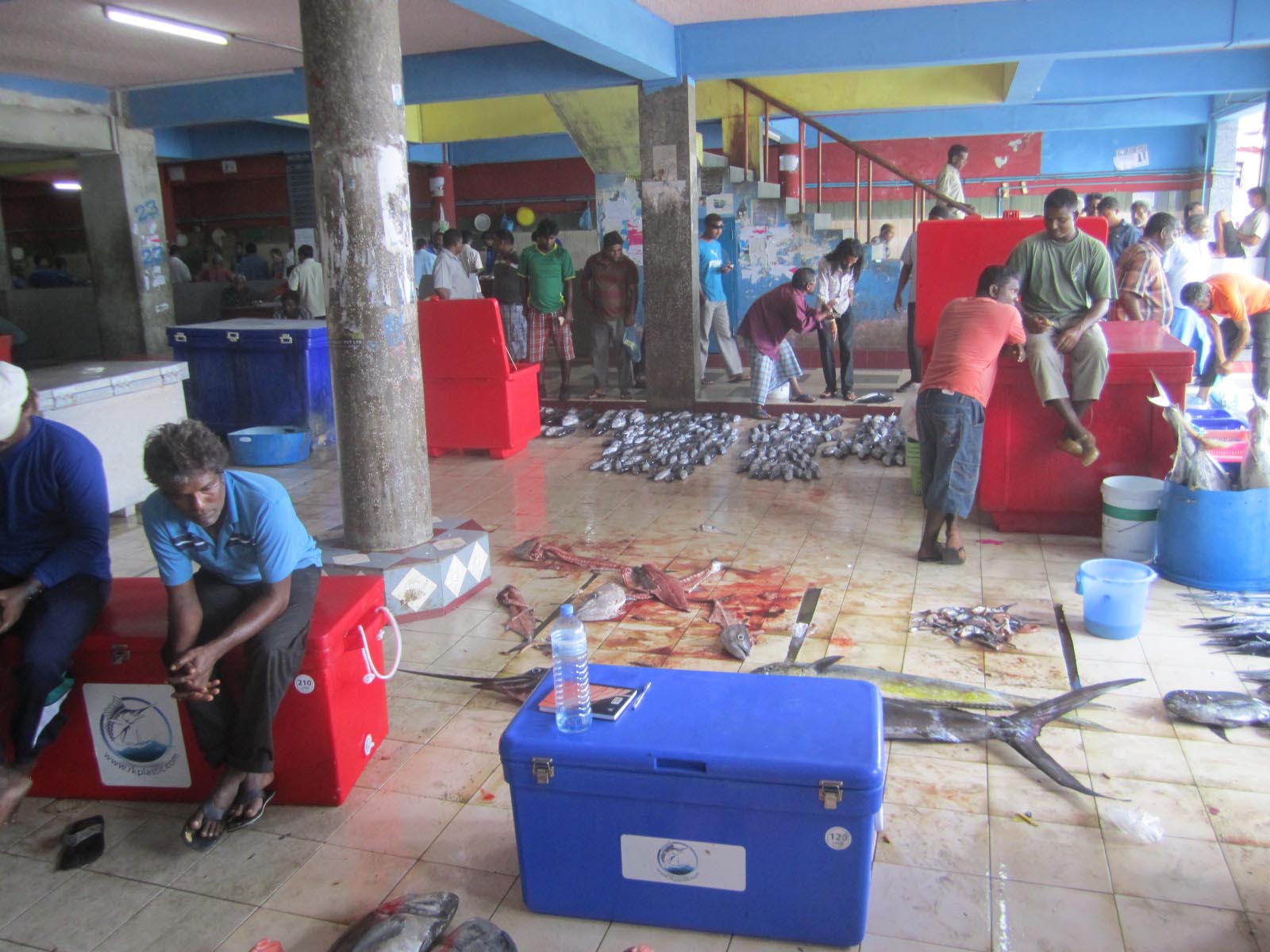
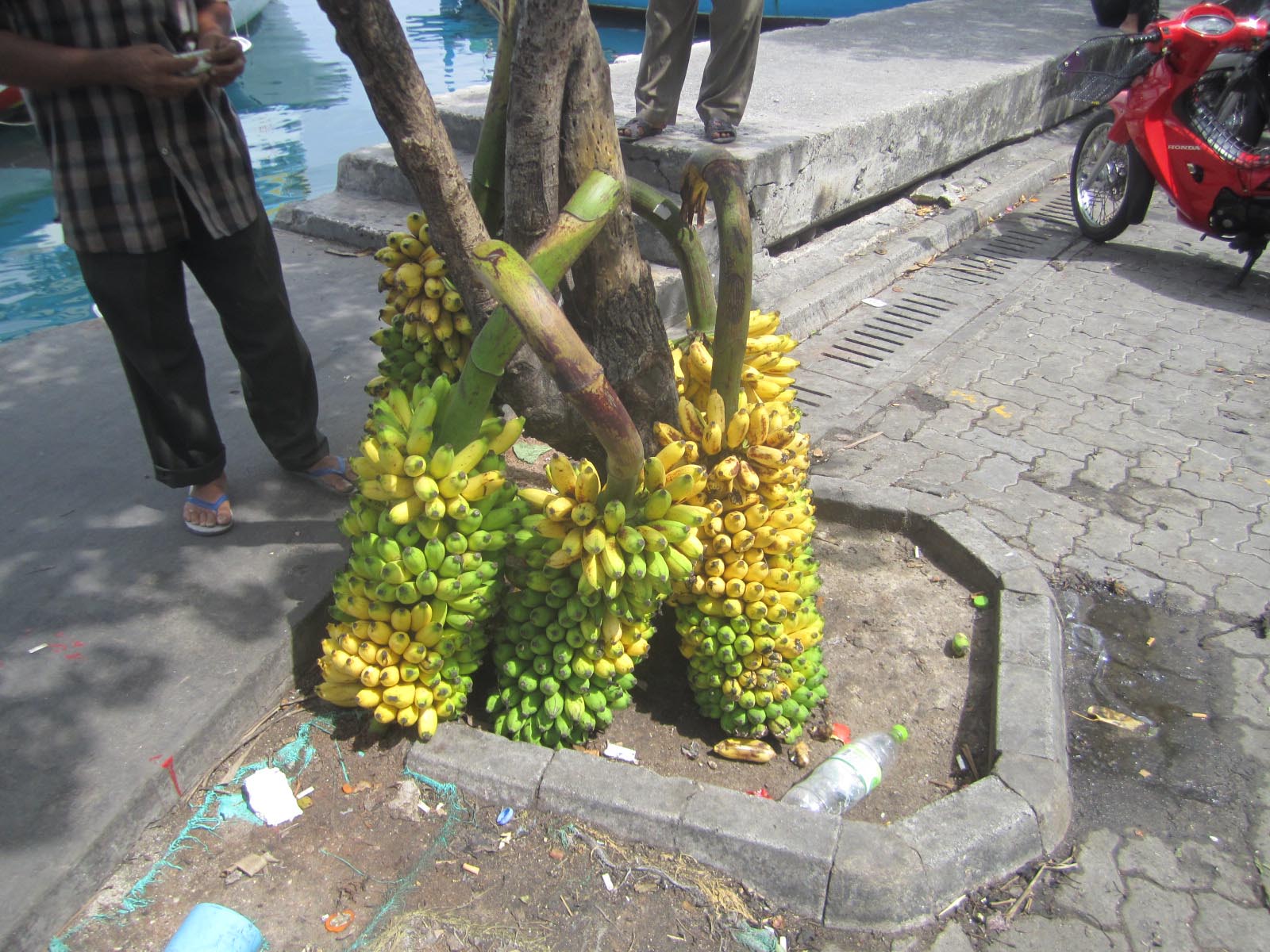
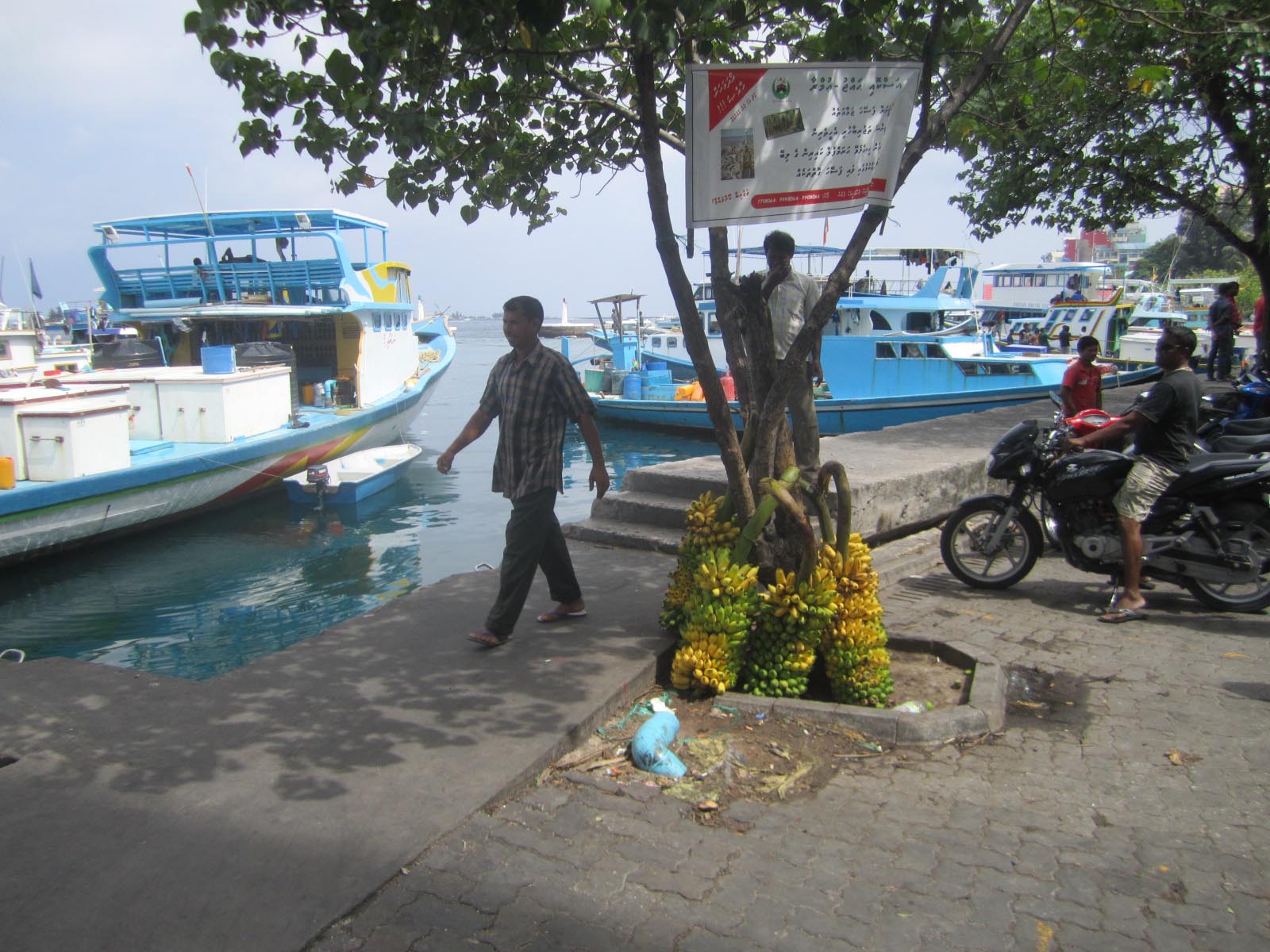
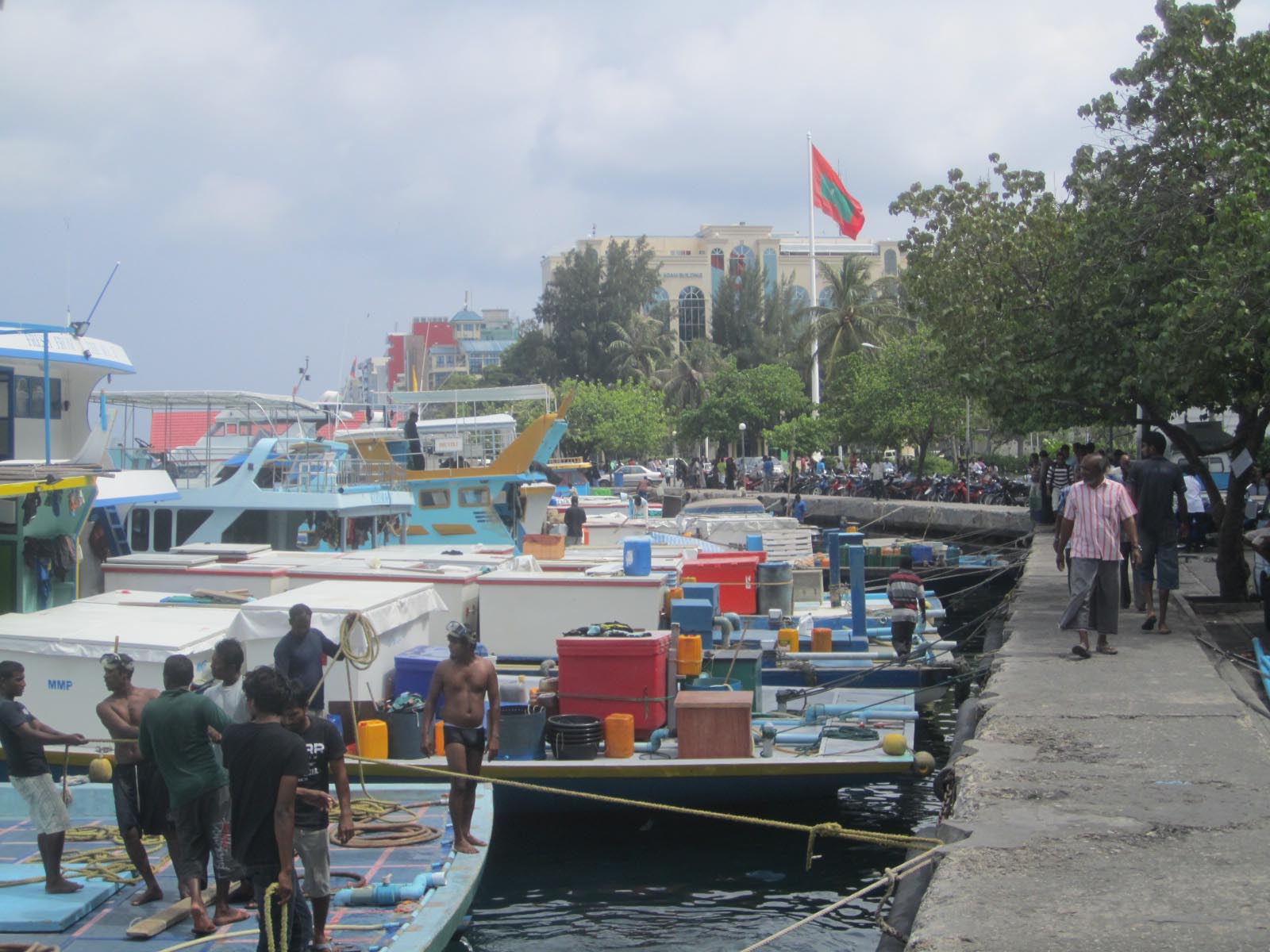
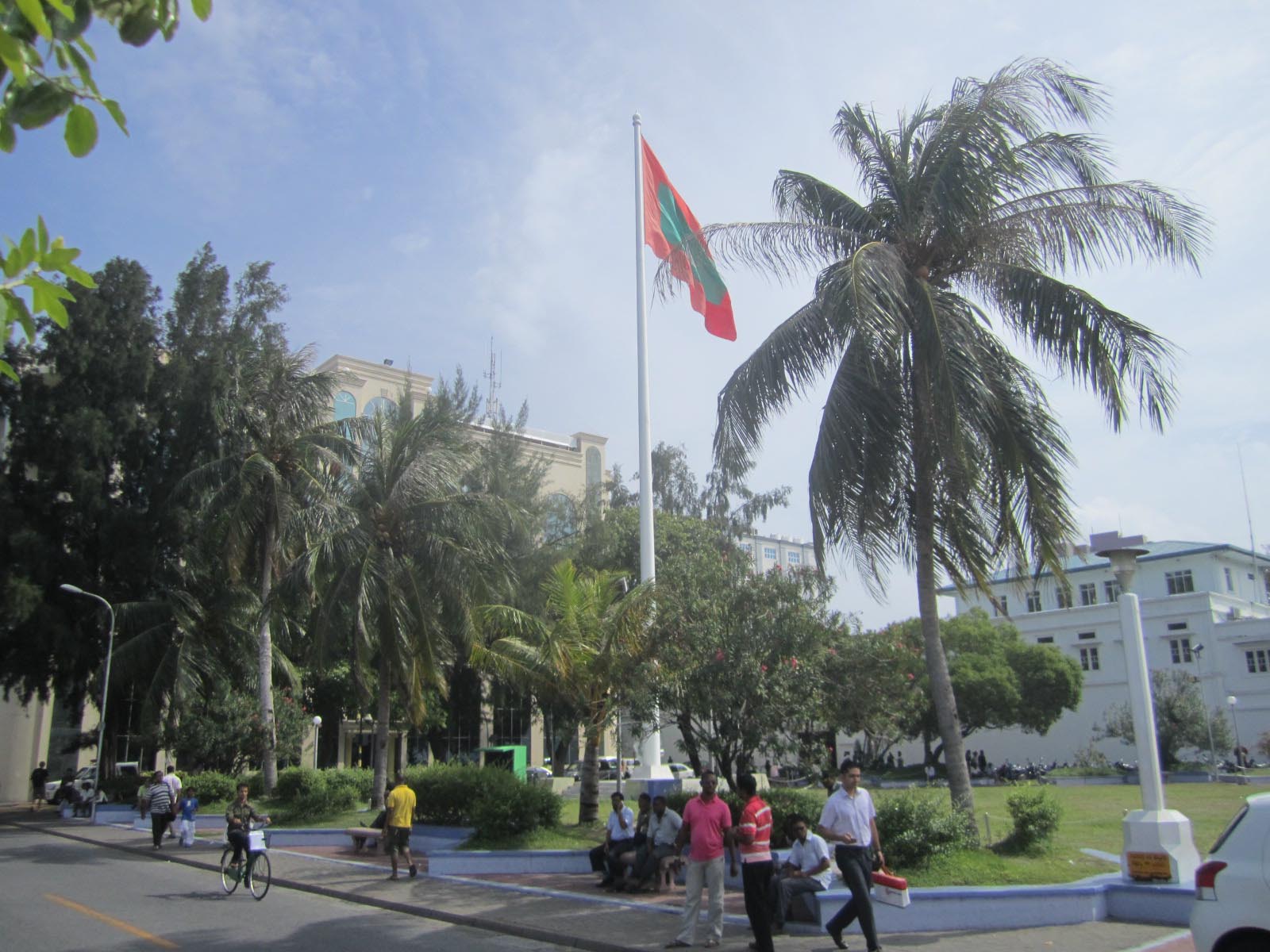
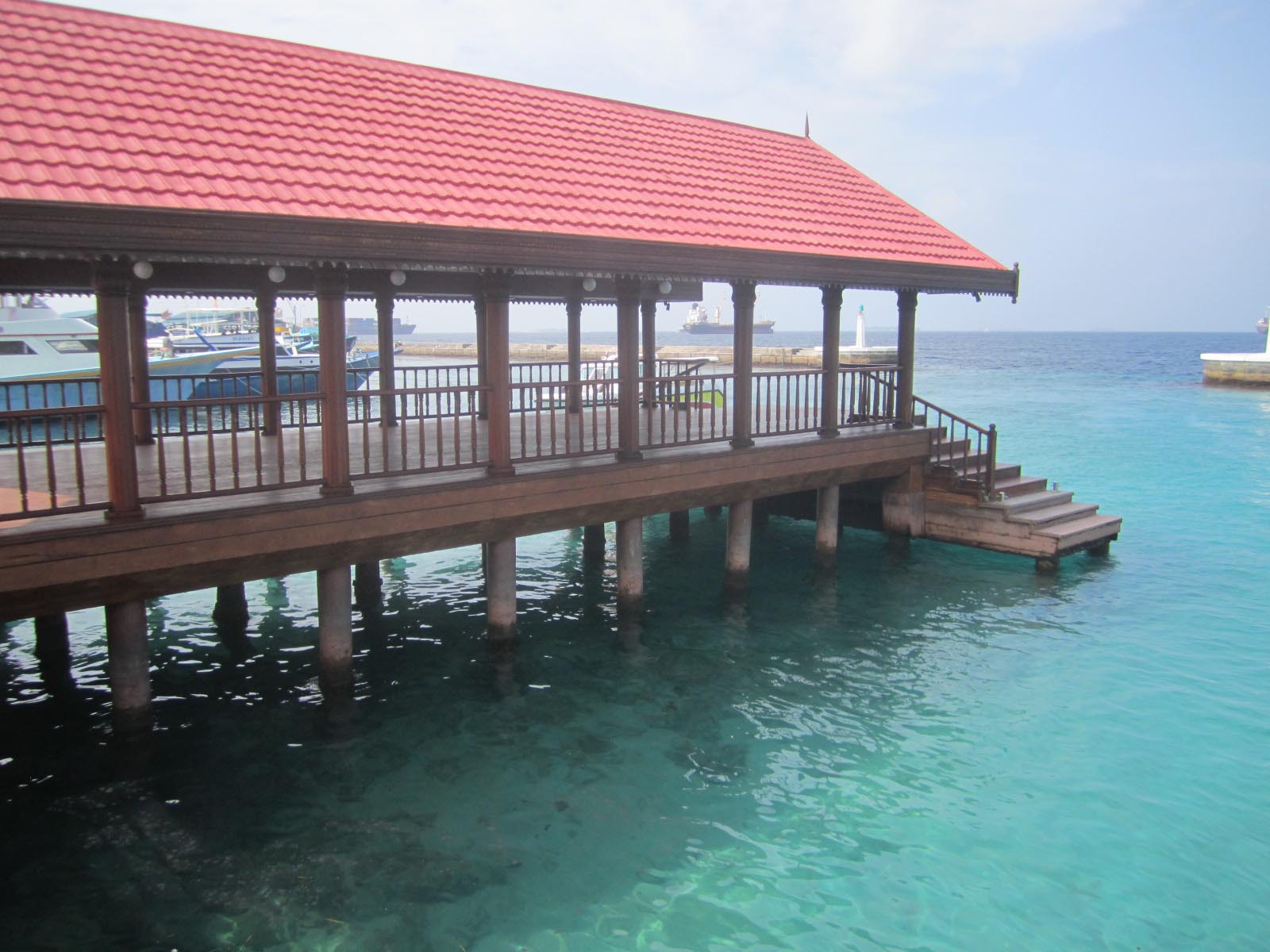


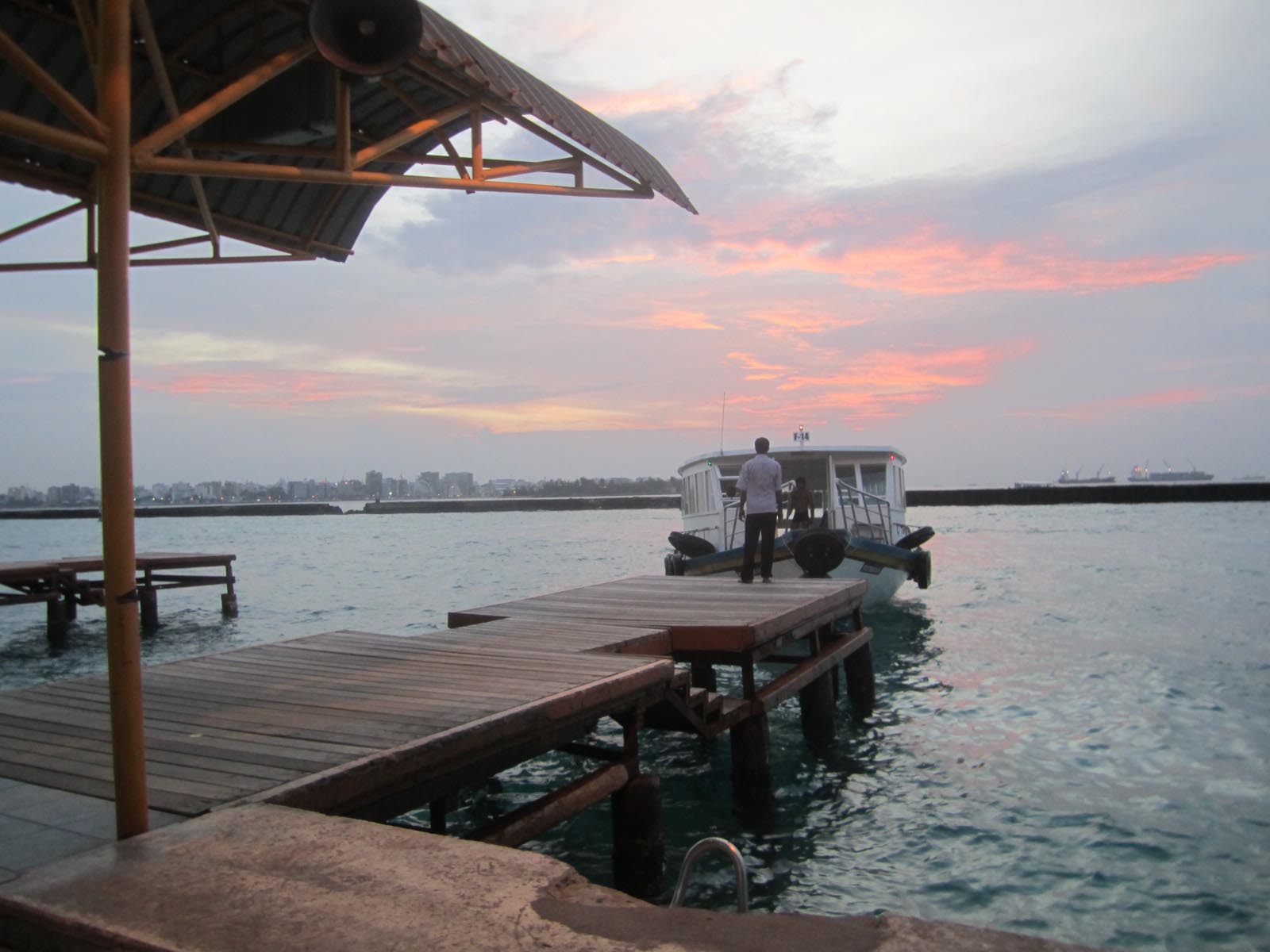

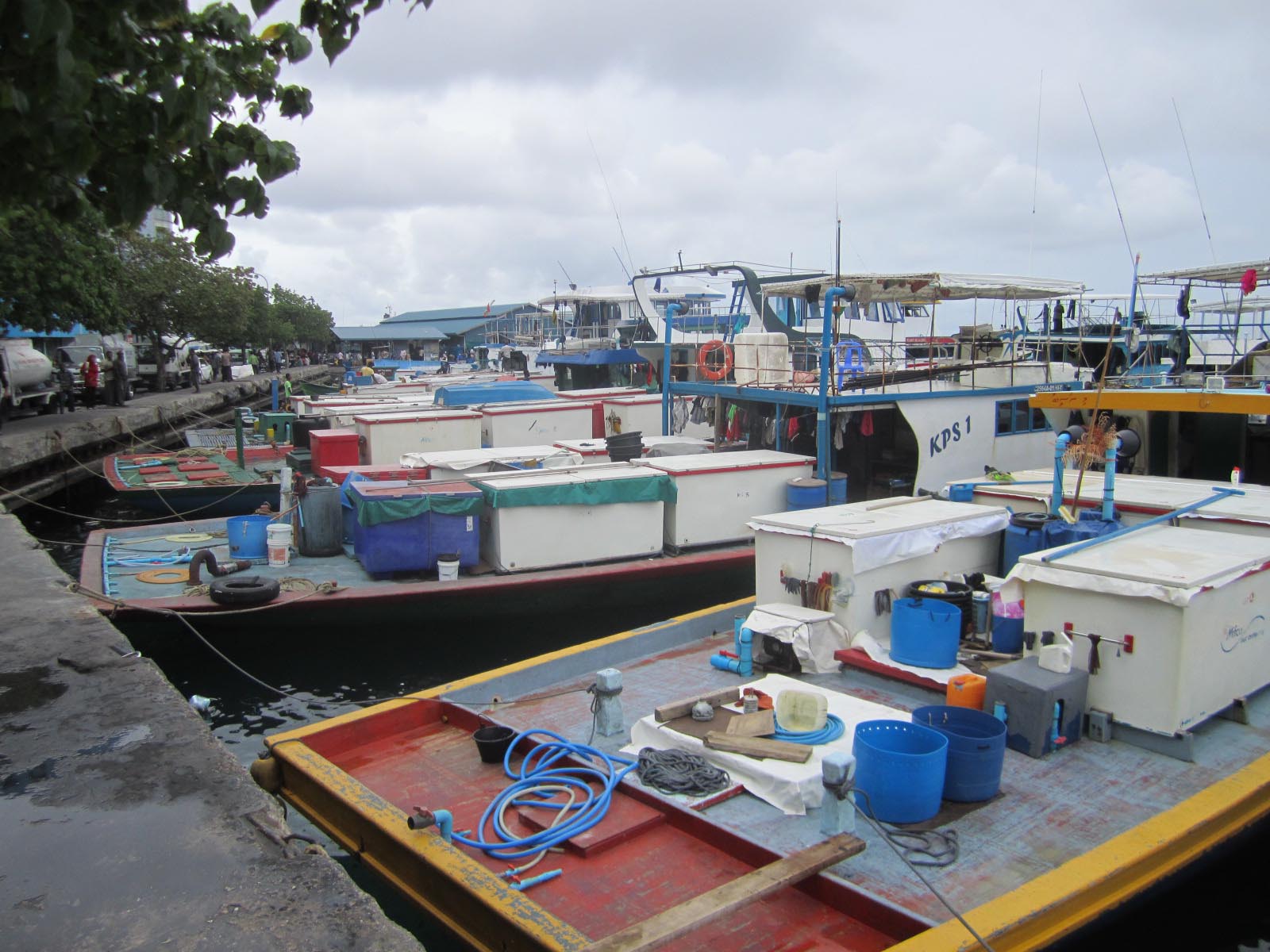







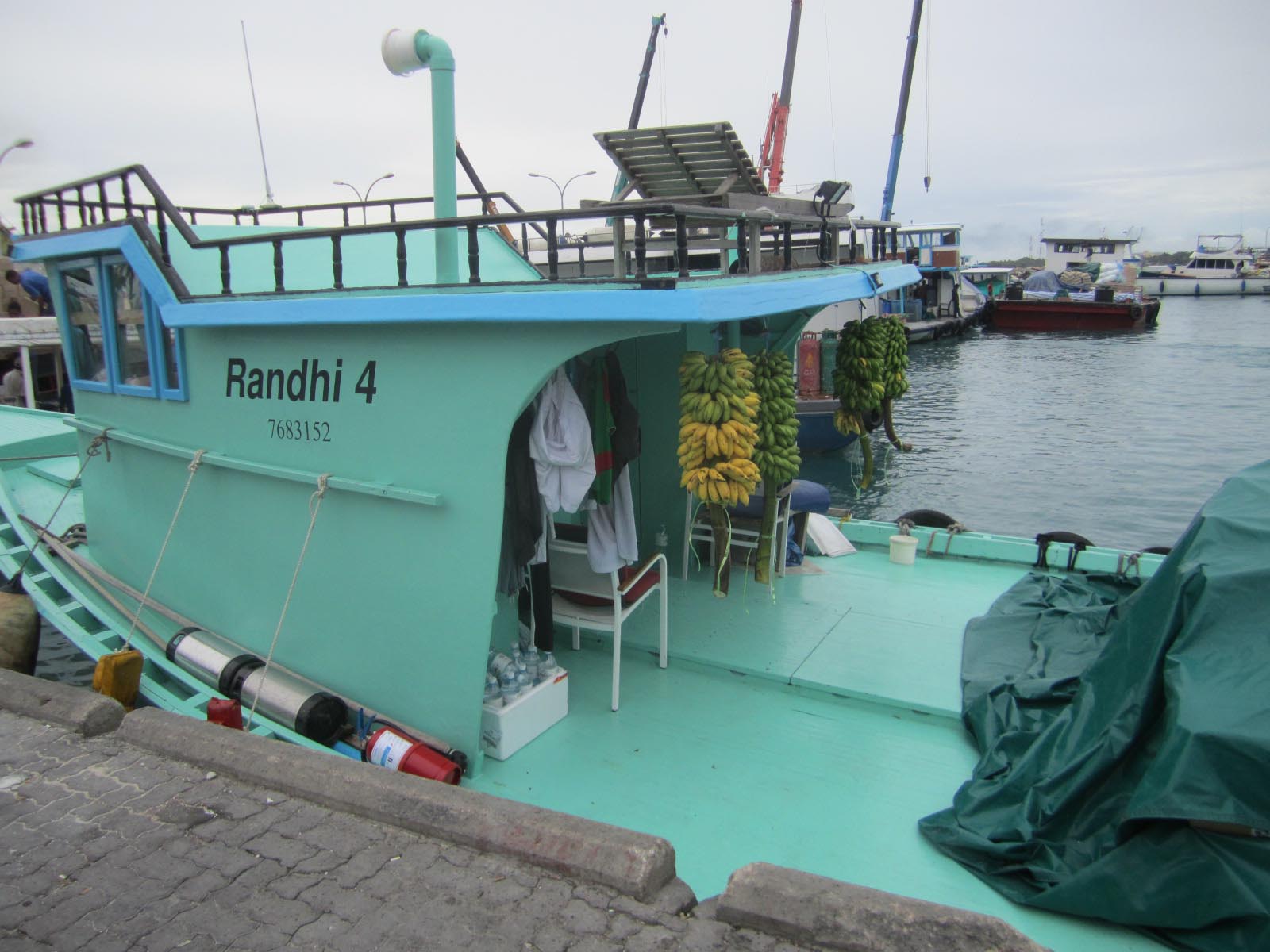


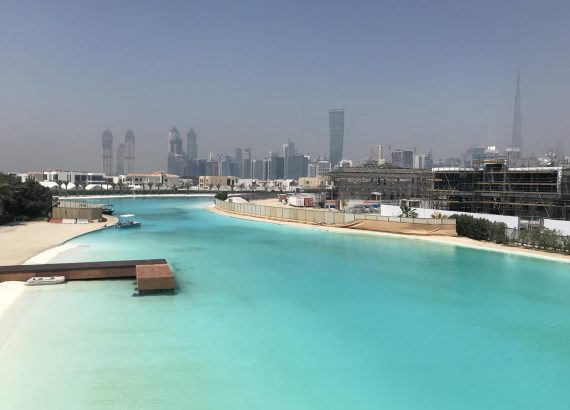
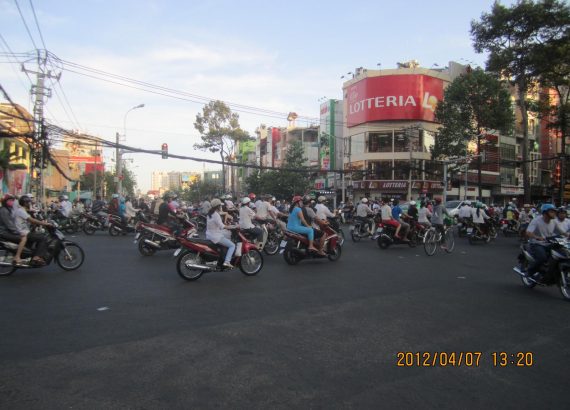
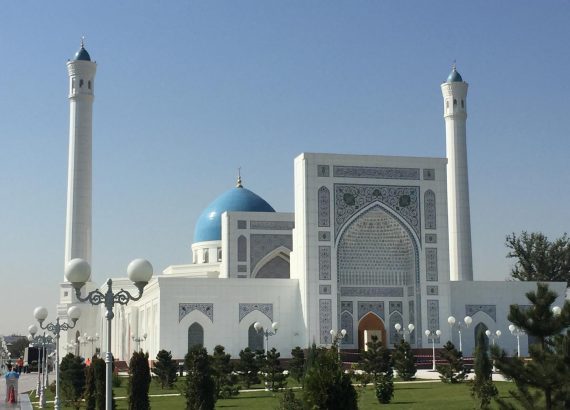
No Comments